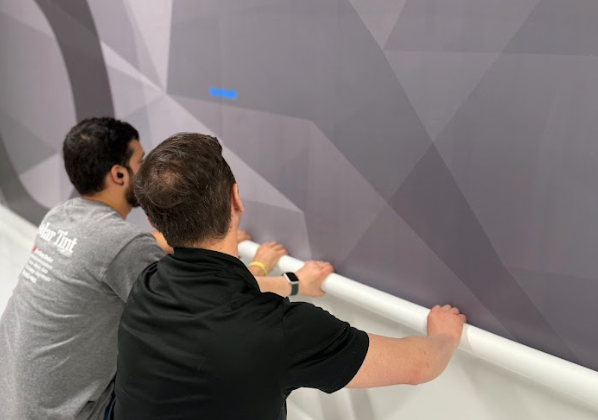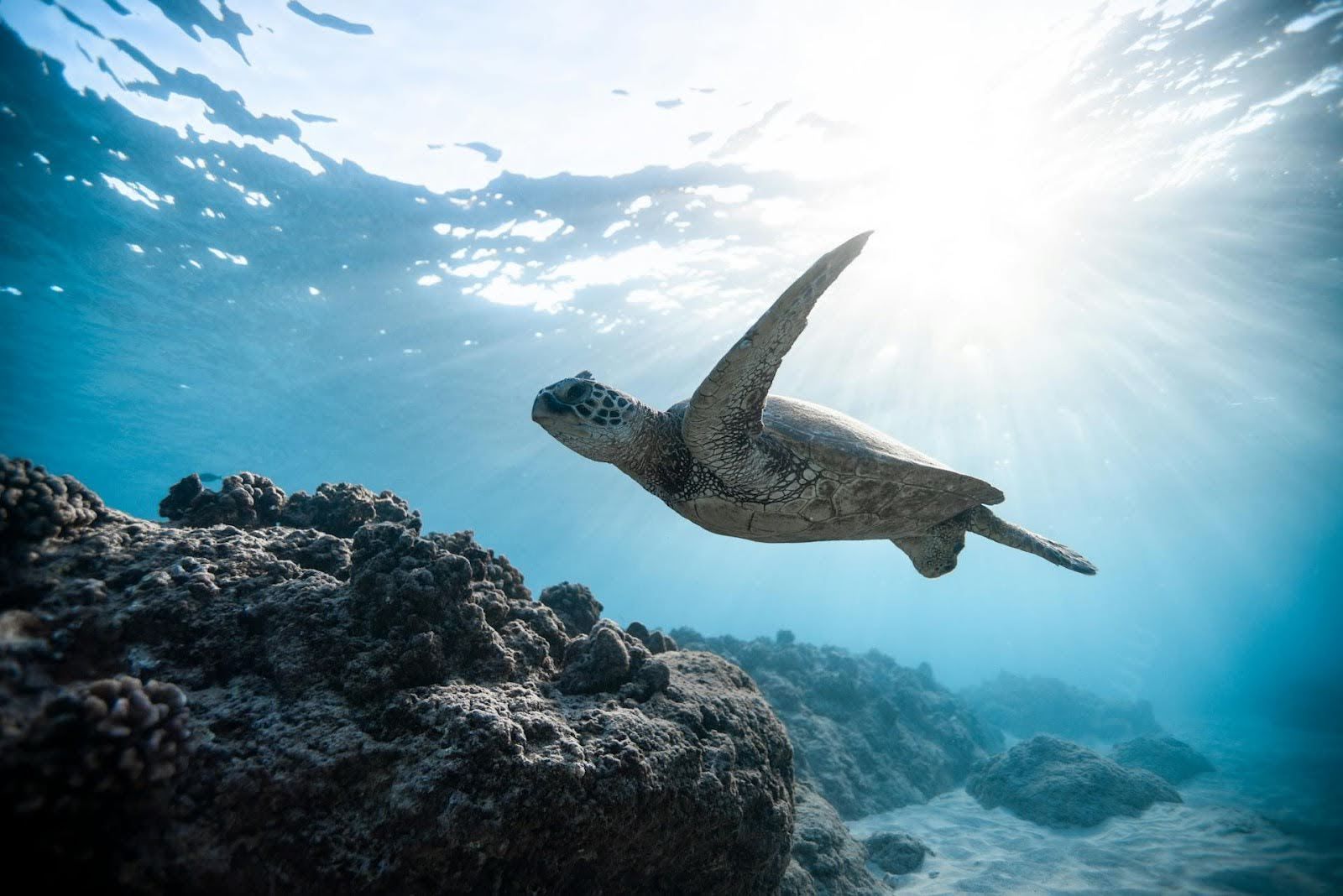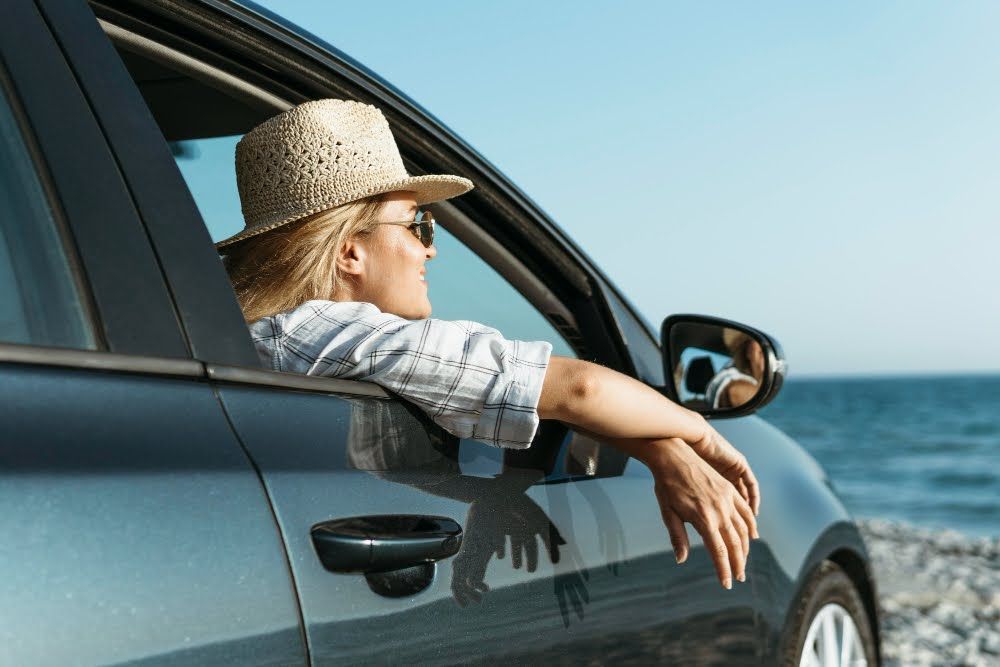How to Reduce Windshield Glare at Night — 7 Tips for Safer Driving
You're driving at night, minding your speed, when a car rounds the bend and its headlights hit you head-on.
Suddenly, your windshield lights up like a mirror—scattered beams, streaks, reflections bouncing around—and just like that, your focus breaks. If you’ve been there, you know: glare isn’t just irritating, it’s dangerous.
Reducing glare from oncoming headlights on your windshield at night is not just a trick. It is a real safety issue that needs attention.
From aging glass to dashboard lights, several culprits can turn your windshield into a light trap after dark. The good news? Most of them are fixable.
Here are seven tried-and-true ways to cut through the glare and keep your view crystal clear—even when the road ahead is anything but.
1. Clean Your Windshield—Inside and Out, and Then Some
It’s easy to clean the outside of your windshield and call it a day. But the inside often tells a different story.
Dust, vapor buildup, oils from hands, and off-gassing from dashboard plastics form a cloudy film that scatters light. Even if you can’t see it during the day, you’ll notice it when headlights hit.
Use a special automotive glass cleaner and a clean microfiber towel. Avoid paper towels, as they can leave lint and streaks. Wipe in circular motions and finish with a horizontal pass for consistency.
Do this weekly—or more often if you smoke, drive with pets, or live in a high-pollution area.
While you're at it, clean your mirrors and side windows, too. Glare doesn’t always come straight ahead.
2. Replace Your Wiper Blades Regularly
Streaky glass is a glare magnet. Over time, wiper blades lose flexibility, suffer nicks, or develop uneven wear. You end up with a windshield covered in fine streaks or patches. These catch light and scatter it across your view.
For Florida drivers (where rain is basically a year-round event), replacing your blades every 6 months is ideal. And don’t forget to use a washer fluid designed to reduce smearing and repel water.
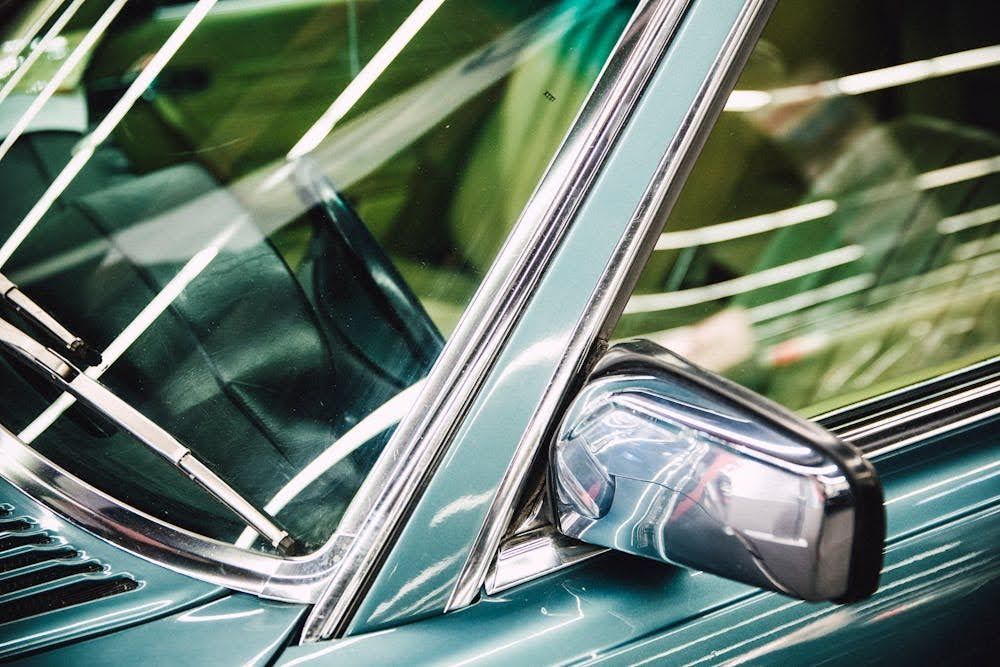
Even options with added hydrophobic agents make moisture slide right off the glass.
The goal? A perfectly clean sweep—every time.
3. Dim Dashboard and Interior Lights
You may enjoy the glow of your touchscreen or dashboard at night. However, that soft light inside the cabin makes it harder to see in the dark outside.
The brighter your interior, the harder it is for your eyes to see the road. This is especially true when sudden lights come from outside.
Turn your dash brightness down to the lowest readable setting. Most modern vehicles allow you to create separate day and night profiles for lighting.
Do the same for your infotainment system if it stays lit when using maps or apps at night. This small tweak can greatly reduce glare-related fatigue on long drives.
4. Try Night-Driving Glasses (But Choose Carefully)
Marketers often promote yellow-tinted night-driving glasses as a cure-all for nighttime glare. Some glasses can reduce light scatter and improve contrast in low light. However, they are not for everyone, and not all glasses are the same.
Avoid overly dark or cheap pairs that distort colors or depth perception. If you wear glasses, ask your eye doctor about anti-glare coatings or special tints for night driving.
For some drivers, prescription glasses with an anti-reflective (AR) coating work better than any over-the-counter solution.
5. Check Your Headlight Aim
The glare you’re seeing… may be coming from your car. Misaligned headlights can bounce light off the road surface, signs, and moisture in all the wrong ways—directly back into your line of sight.
Signs your headlights may be out of alignment:
- Uneven lighting pattern ahead of you
- One beam is brighter or higher than the other
- Drivers flashing their brights at you frequently
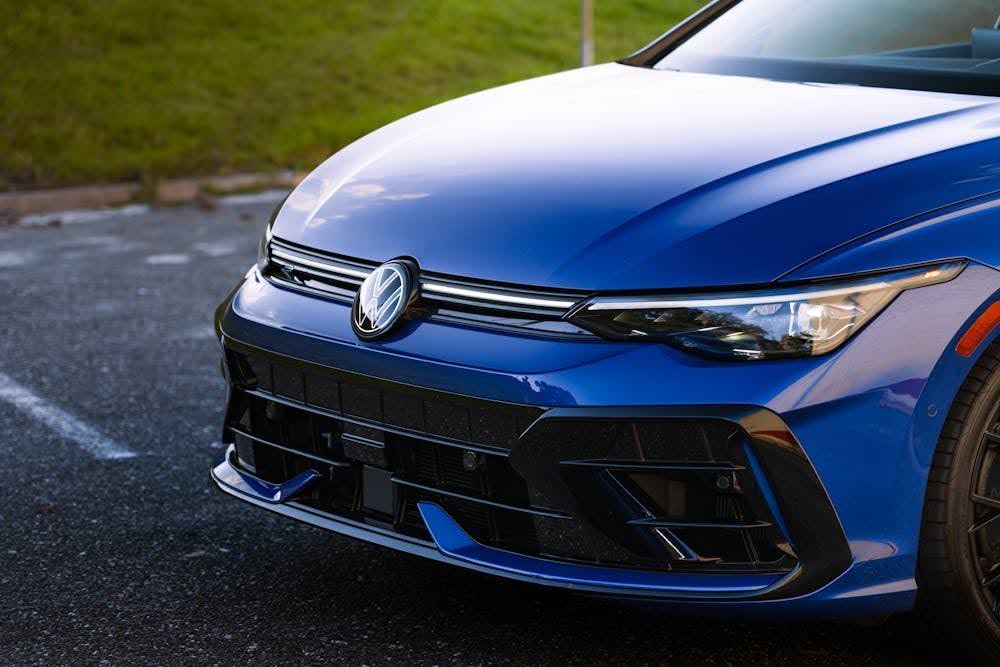
If your car allows manual headlight adjustment, consult the owner's manual.
Otherwise, have a technician align them properly during your next service. If you have recently installed aftermarket LED or HID bulbs, alignment is very important. If they do not align correctly, they can blind more than help.
6. Install Anti-Reflective or Glare-Reducing Film
Here’s where tech steps in. One of the most overlooked methods for reducing windshield glare at night is the use of professionally installed, non-tinted window film.
Some high-end films are designed to block UV rays and heat during the day. They also reduce reflections and diffuse headlight glare at night.
The benefits:
- Less eye strain on dark roads
- Better visual clarity during rain or fog
- No loss of nighttime visibility
These films do not darken your windshield. They are clear and legal when put on by a certified professional. And when paired with clean glass and proper lighting, they dramatically enhance nighttime driving safety.
7. Address Windshield Wear and Tear
Your windshield might look fine during the day, but even minor scratches, pitting, or hard water stains can wreak havoc at night. Headlights and streetlamps catch on these imperfections and create halos, starbursts, or distracting streaks.
If your windshield shows signs of wear, you’ve got options:
- Light scratches: Can often be polished out professionally
- Pitting from sand or debris: May require resurfacing or replacement
- Stubborn film buildup: Try a clay bar or glass-specific polish to remove residue
Don’t forget—damaged glass also weakens the structural integrity of your vehicle. Sometimes, replacing a badly worn windshield is as much about safety as it is visibility.
Clear Windshield, Safer Drive
Whether you’re navigating backroads or city highways, nighttime driving demands focus—and a clean, glare-free windshield is a big part of that.
To reduce windshield glare at night, you need more than one quick fix. It takes a mix of easy habits and smart upgrades. From cleaning routines to professional films, it’s all about stacking the odds in your favor.
At Solar Tint Inc., we help drivers improve their comfort, visibility, and safety with high-performance car window tints in Miami and all across Florida.
Our advanced films not only reduce heat and UV exposure during the day—they help cut glare at night without compromising clarity.
Want to see the difference for yourself? Reach out to us and ask about our glare-reducing options for windshields and front side windows.
Because when the road ahead is clear, the drive is just better—day or night.
